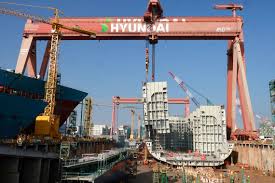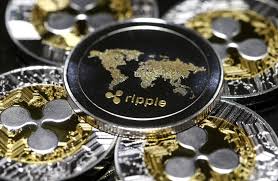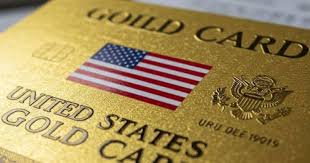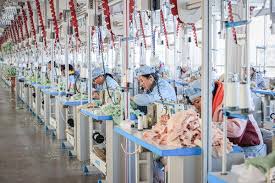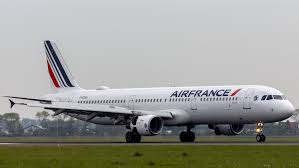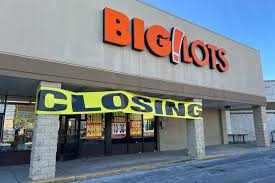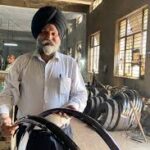Seoul’s presidential adviser said on Saturday that South Korea is seeking for an alternative solution because it cannot afford to pay $350 billion in upfront investment in the United States as President Donald Trump suggested under a deal to cut tariffs.
Since the leaders of the allies reached a handshake agreement in July to lower U.S. tariffs to 15% from 25%, as Trump previously imposed, South Korea has stated that the $350 billion in investment would be in the form of loans and loan guarantees in addition to equity.
“The position we’re talking about is not a negotiating tactic, but rather, it is objectively and realistically not a level we can handle,” South Korea’s National Security Adviser Wi Sung-lac said on Channel A News television.
“We are not able to pay $350 billion in cash,” as Trump demands, despite Seoul’s argument that such an expenditure could send Asia’s fourth-largest economy into a financial crisis.
South Korean authorities claim that negotiations to formalize their trade agreement are at a standstill, and the country has objected to U.S. requests for control over the $350 billion it pledged in July for U.S. projects.
Trump boasted about the amount of money his broad tariffs are bringing into the US on Thursday, stating: “We have $550 billion in Japan and $350 billion in South Korea. That’s up front.
South Korean President Lee Jae Myung warned last week that if the country were forced to make a huge expenditure without protections, such as a currency swap, its economy, which has $410 billion in foreign exchange reserves, would face catastrophe.
Wi, Lee’s senior security adviser, stated that if the sum had to be paid in cash up front, no one would doubt South Korea’s stance on its viability.
“We’re discussing alternatives,” he said, adding that Seoul is aiming to finalize the trade agreement with Washington at the Asia-Pacific Economic Cooperation (APEC) meeting hosted by South Korea next month, which Trump is expected to attend.


